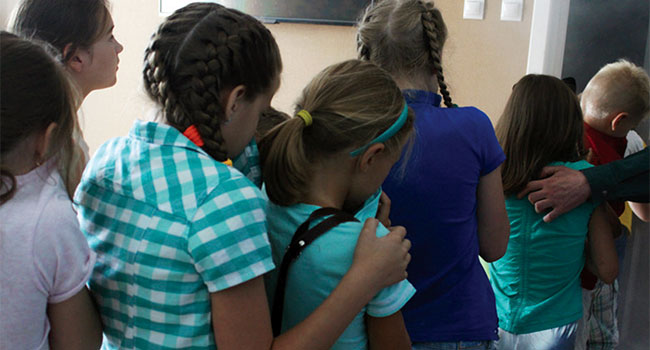
Most campuses do not exist in a vacuum. They are part of a broader community like a town, a borough, a city, a county, or a state. As such, there are a host of external resources available to help them through a crisis: from emergency responders such as police, EMTs and firefighters to mental health counselors, local emergency management departments, and media outlets.
- By Dean Cunningham
- September 03, 2024
Grant funding is now available to improve safety measures in educational institutions, specifically K-12 schools. The School Violence Prevention Program (SVPP) stands out among these opportunities. It provides federal grants to improve security at K-12 schools. This year up to $73M in funding is available.
Physical security solutions provider LenelS2 recently announced the launch of a new program that will assist families, schools, and communities in having productive conversations about school security. The company partnered with actor Chad Michael Murray and National PTA to create “On the Safe Side,” a series of resources intended to spur conversations about physical security and safety in schools.
- By Matt Jones
- November 30, 2023

SPONSORED
Milestone Systems is offering a new grant program to help education, healthcare, and non-profit organizations in the United States secure grants for purchasing security software and systems that they likely otherwise would not be able to afford. In addition, the program supports end customers throughout the entire grant process – from application to funding to management – assisting with a potentially overwhelming experience.
According to a 2021 report prepared by Kentucky Incentives for Prevention, vaping rates among Kentucky students are higher than the national average, with 24% of seniors and 17% of sophomores reporting daily use.
- By Ralph C. Jensen
- September 18, 2023

Schools in the United States use a variety of emergency response systems, including lockdown procedures, fire alarms, and evacuation plans.
- By Monique Merhige
- July 17, 2023

In 2022, there were 46 school shootings, which marked the highest number of such incidents since the tragic events at Columbine. These shootings have exacerbated the wave of violence facing our children.
- By Ralph C. Jensen
- July 17, 2023

School design is a complicated discipline, especially as more schools opt for increased protections against threats to life safety. Similar to sports arenas, shopping venues, theatres, hotels, and more, schools need to balance being accessible to the general public and providing occupant security.
- By Devin Bowman
- May 15, 2023

Only a few years ago, the idea of moving to the cloud was met with guarded optimism. But today, the shift is becoming more of a reality. An increasing number of campus organizations, whether corporate or higher education, are starting cloud migrations.
- By Kris Houle
- May 15, 2023
Never at any point in history have parents, teachers, and staff had to worry so much about a child’s safety at school. Vandalism, bullying, fighting, and other volatile confrontations have long been troublesome concerns that many K–12 schools and local education agencies (LEA) have had to contend with.